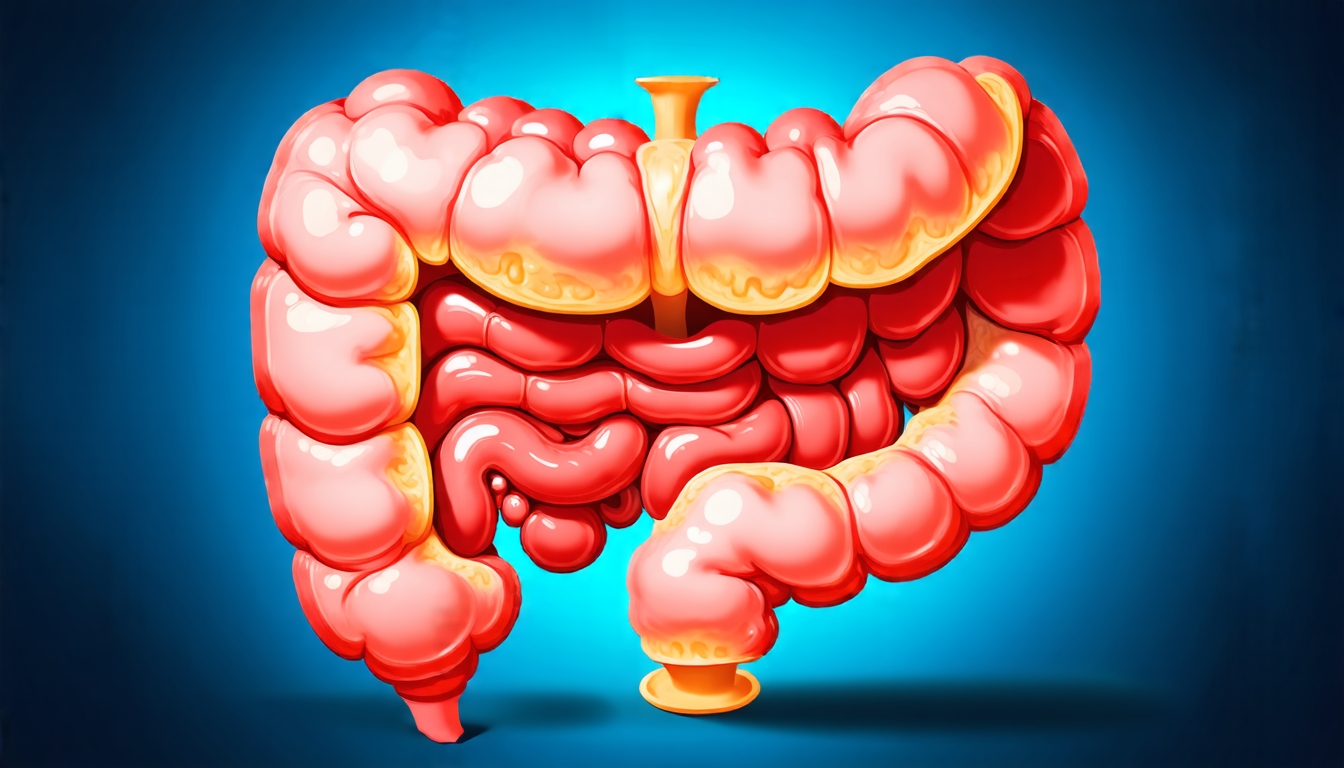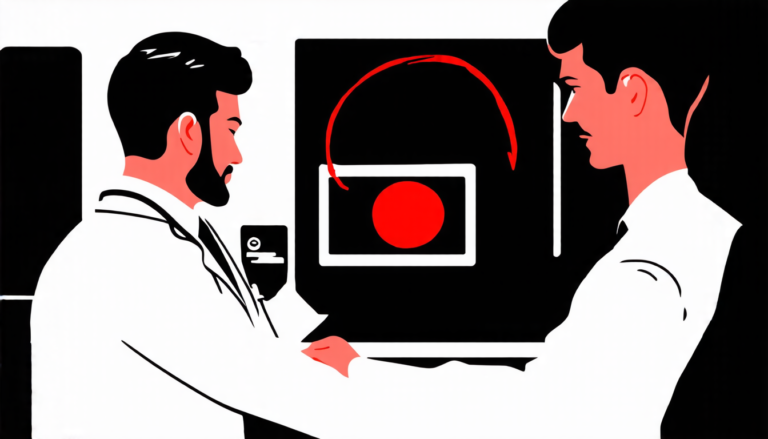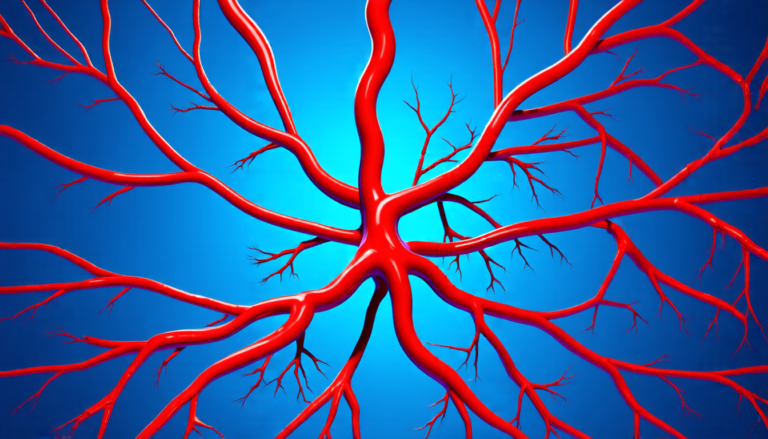Friday 28 March 2025
Scientists have long struggled to create realistic synthetic images that can be used to train artificial intelligence (AI) models for tasks such as medical diagnosis and disease detection. These synthetic images are crucial because they allow AI models to learn from a much larger dataset than what is currently available, which in turn enables them to make more accurate predictions.
One of the biggest challenges in creating realistic synthetic images is ensuring that they accurately mimic the characteristics of real-world images. This includes things like texture, color, and even the subtle variations in lighting and shadowing that occur in real-world environments. To address this challenge, a team of researchers has developed a new method for generating synthetic images called USegMix.
USegMix works by first segmenting an image into individual objects or features using a technique called superpixel segmentation. This process involves dividing the image into small, connected regions called superpixels that contain similar characteristics such as color and texture. The researcher’s then use this segmented image to create a new synthetic image by replacing one of these superpixels with a similar one from another image.
But here’s where USegMix gets really clever. Instead of simply copying the replaced superpixel, the algorithm uses a technique called diffusion model-based inpainting to seamlessly blend the new superpixel into the original image. This process involves iteratively refining the new superpixel until it matches the texture and color of the surrounding area.
The result is an incredibly realistic synthetic image that can be used to train AI models with a much larger dataset than what is currently available. The researchers tested their method on two different datasets, one for colorectal cancer diagnosis and another for prostate cancer diagnosis, and found that it was able to improve the accuracy of AI models by up to 20%.
The implications of this technology are enormous. With USegMix, doctors could potentially use synthetic images to train AI models to diagnose diseases more accurately, which could lead to better patient outcomes and improved healthcare overall. Additionally, the technology has the potential to be used in a wide range of other fields such as autonomous vehicles, robotics, and even entertainment.
One of the most exciting aspects of USegMix is its ability to generate synthetic images that are indistinguishable from real-world images. This means that AI models trained on these synthetic images will be able to generalize well to new situations and environments, which could lead to more reliable and accurate decision-making.
Cite this article: “Realistic Synthetic Images Boost Artificial Intelligence Accuracy”, The Science Archive, 2025.
Artificial Intelligence, Synthetic Images, Medical Diagnosis, Disease Detection, Image Segmentation, Superpixel Segmentation, Diffusion Model-Based Inpainting, Colorectal Cancer, Prostate Cancer, Machine Learning







